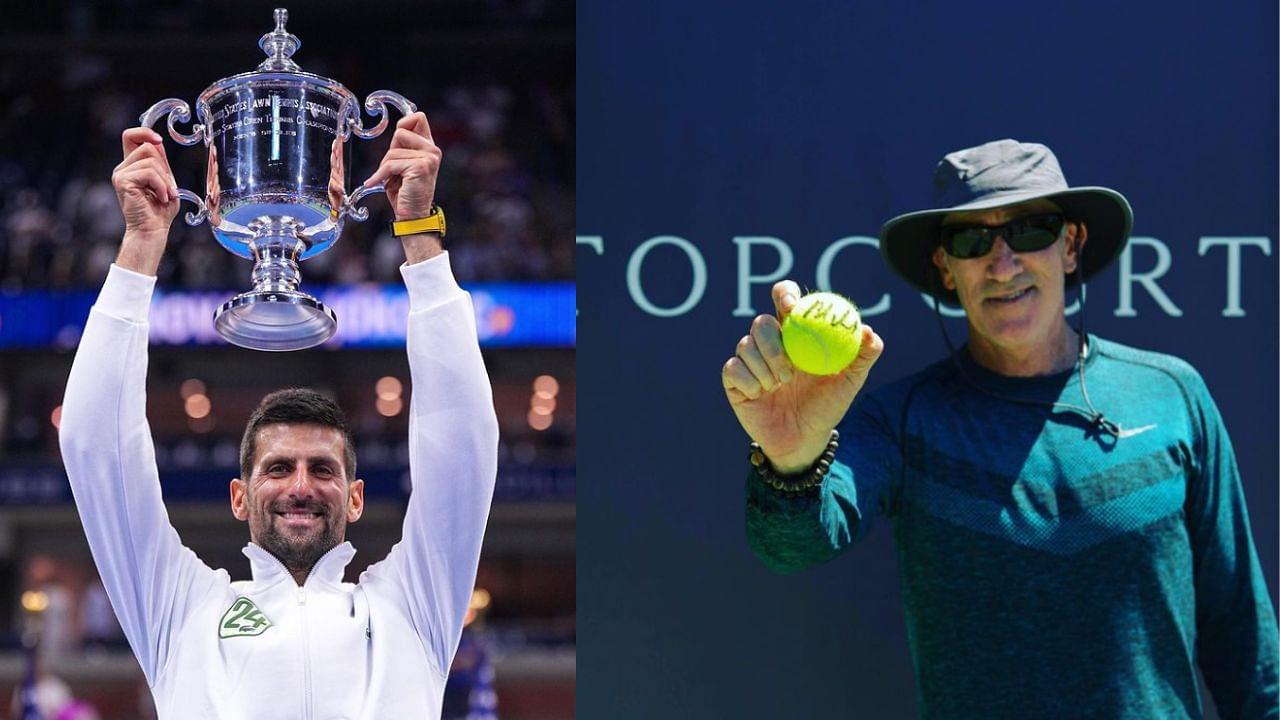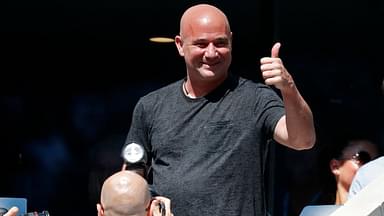In a recent interview with Upfront Ventures, Novak Djokovic expressed his concern for the up-and-coming tennis players. He also also upset by ATP’s treatment of them. A day or two after that, Brad Gilbert, coach of the World No.3 player Coco Gauff, also expressed similar sentiments regarding a huge conflict of interest existing in tennis in an interview with CNBC Television. It doesn’t exist in other sports like Golf and Formula 1.
Brad Gilbert said to CNBC Television, “Both tours, the CEO – The ATP and the WTA; it doesn’t work like this in professional sports that the CEO represents the players and the tournament. So, that is a direct conflict of interest that the CEO represents both sides. That is just a massive conflict of interest. And the biggest difference between golf and tennis, joe, is every weekend when there is a major golf tournament, specially on the PGA Tour, it’s on network television. So, right now, this tournament has an exclusive on the stage, only on Tennis Channel, which doesn’t have a massive cable subscription. It’s a good channel, but they don’t pay any TV rights to be on right now.”
Gilbert explained how a CEO of ATP representing both players and the tournament can be a conflict of interest. The same person could improve the tournament, and that may not necessarily be in the best interest of players. Vice-versa, best for players could very well not be the best for tournaments as well. Also, when one person or entity represents both players and the tournament, it makes it impossible for players to speak their minds and express their views independently of how it would affect the tournament. It could create a conflict, and that is a problem.
More importantly, tennis isn’t on major network television like other sports are. This could be hampering the economic welfare of the sport. Novak Djokovic spoke something similar to Upfront a couple of days ago.
Djokovic said, “Vasik Pospisil, a Canadian tennis player and I started a professional tennis player association PTPA. It’s a player organization but it’s almost like a equivalent to player unions in American Sports. Because we feel that the players are not represented in a right way in tennis. When I say players, I mean both male and female… The main mission of the player organization is to try to expand the amount of players that can live from this sport. So, increase also the livelihood of tennis players that are currently playing, make sure we have better foundations for the future generations.”
Worried about tennis players’ livelihoods and income from the sport, Djokovic started this organization. In both Djokovic’s and Gilbert’s words, the idea that players should get better treatment and more money is a common sentiment. While the top-ranked players like Jannik Sinner, Carlos Alcaraz, Novak Djokovic, etc aren’t really in financial trouble, plenty of new and emerging players might be looking for better financial support to even withstand playing the game.
One such example would be of Indian tennis player Sumit Nagal. Djokovic’s PTPA organization already has 400 or more players in it, and this shows the number of tennis players who echo a similar viewpoint.
Players like Novak Djokovic have constantly raised their voices against modern tennis authorities like the ATP
Tennis authorities like the ATP aren’t quite as popular as they used to be. With the Saudi takeover looming over the tennis world, and a CEO of ATP representing both players and the tournament, which creates a conflict of interest, players are very unhappy with how things are panning out. The ATP calendar is jam-tight, with barely any room for a break. Players are choosing between tournaments to adjust their schedule.
Even Novak Djokovic said he will only participate in chosen tournaments every year, and skip a few. Just like he won’t be playing in the Miami Open 2024.
Other problems involve bad tennis balls being used in the Indian Wells. Players have complained about the ‘Penn Balls’ which are fluffing after a short round of play. It’s causing inconsistencies in their game.
Another problem would be the broadcasting rights, as already touched upon by Brad Gilbert once. In tennis hubs like the USA, broadcasting rights are being given free of cost to the Tennis Channel.
It is not the biggest broadcaster in the country, and it is not network television, which dries up the cash flow coming from broadcasting. All of these, directly or indirectly impact tennis players.








